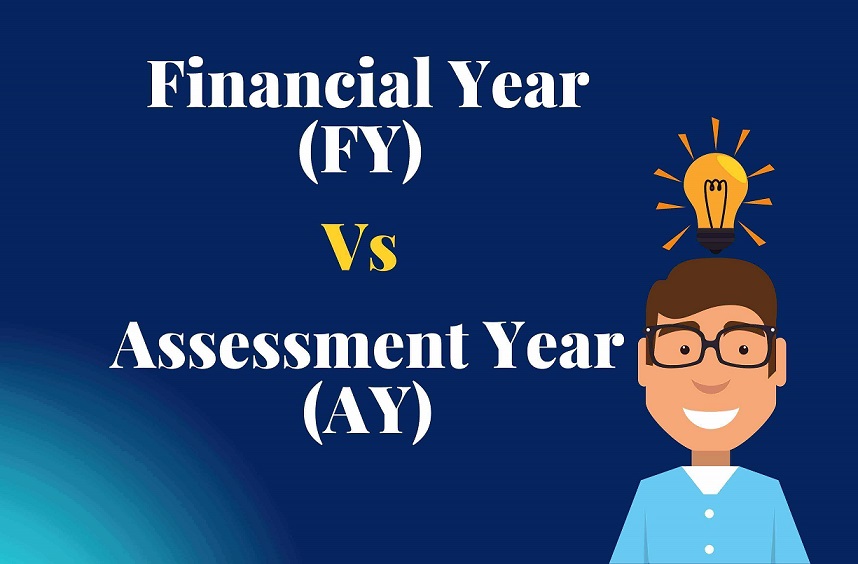How can I register my shop and establishment online?
Registering a shop or establishment is mandatory for businesses to comply with state-specific Shop and Establishment Acts. This registration ensures that your business operates legally and protects the rights of employees regarding working hours, wages, and other conditions. Law Governing the shop and establishment In India, the Shop and Establishment Act is a state-specific law […]









